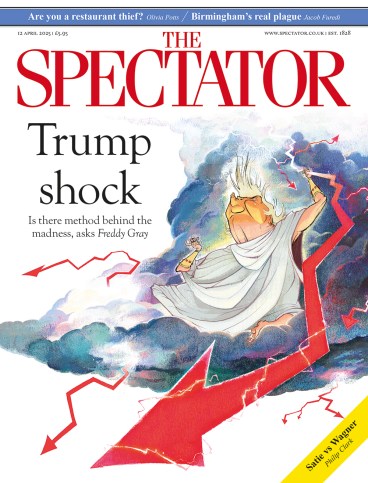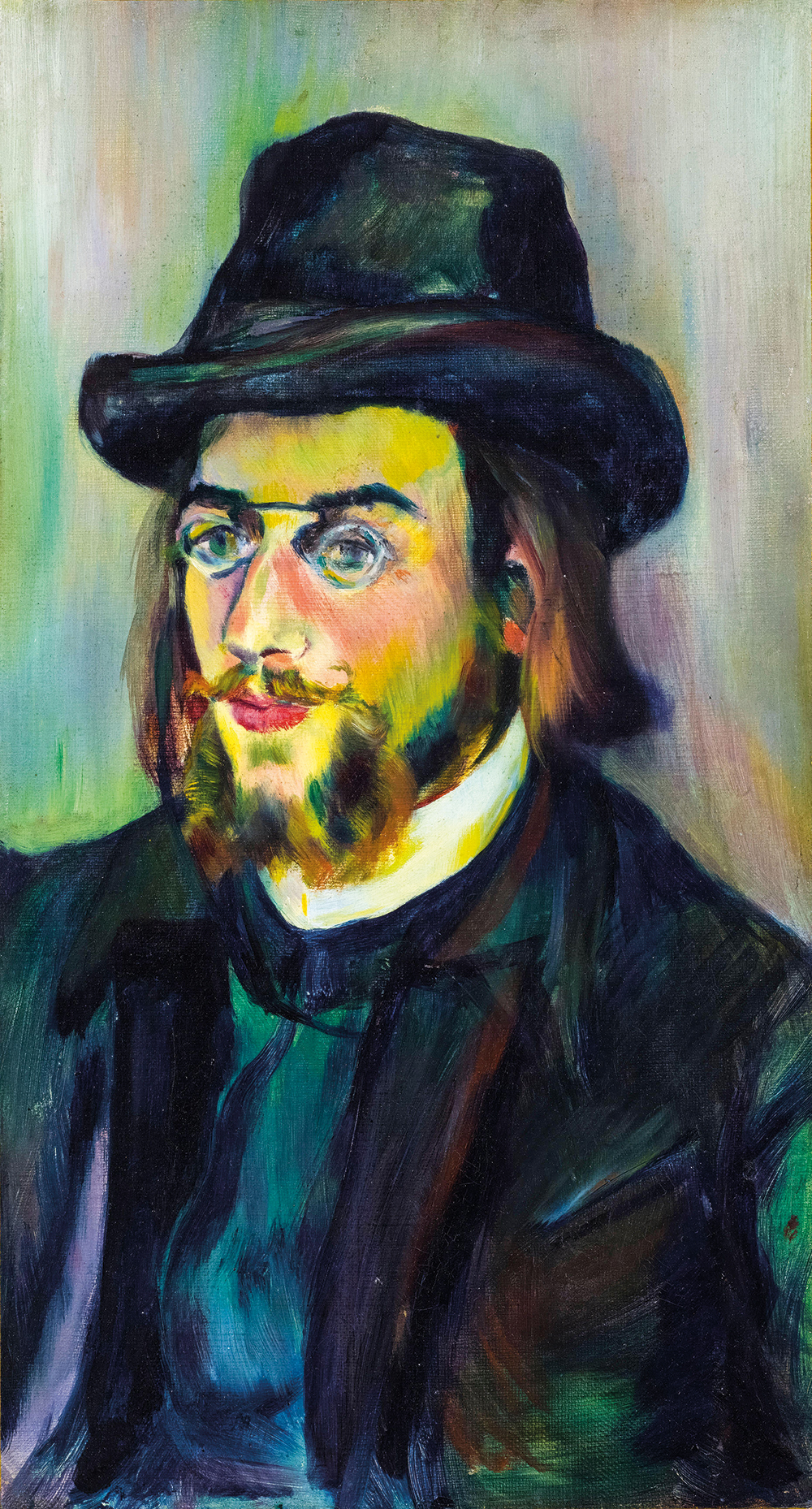
Once Igor Levit starts playing Erik Satie at 10 a.m. on 24 April at the Queen Elizabeth Hall, he can expect to be there for a long time. Satie’s Vexations is a piece that looks innocent enough, like butter wouldn’t melt in its composer’s ears. A doleful 18-note theme in the bass is filled in with stately, chorale-like notes in the right hand; the theme repeats, followed by the same chorale except turned upside-down. Nothing too strenuous so far. But Satie’s enigmatic inscription ‘To play this motif 840 times in succession, it would be advisable to prepare oneself beforehand, in the deepest silence, by serious immobilities’ mixes up the variables. Taking him to the letter of his word adds up to a performance duration of anywhere between 14 to 20 hours.
You can’t help but wonder – as with those unfortunate astronauts until recently stranded in space – how the most basic bodily functions will be accommodated as Levit attempts to defy basic concert-hall gravity. John Cage, who organised the first performance of Vexations in New York in September 1963, deployed a relay team of pianists – including David Tudor, Joshua Rifkin, David Del Tredici and John Cale, soon to become a member of the Velvet Underground – and even Howard Klein, dispatched by the New York Times to review the event, found himself roped into the performance. Vexations solo, though, is a whole other matter. After his performance Cage declared: ‘I felt different than I had ever felt before’, but when the Australian pianist Peter Evans attempted a solo rendition in 1970, the experience spooked him to the core. ‘I felt each repetition slowly wearing my mind away. I had to stop,’ he recalled. ‘People who play it do so at their own peril.’









Comments
Join the debate for just £1 a month
Be part of the conversation with other Spectator readers by getting your first three months for £3.
UNLOCK ACCESS Just £1 a monthAlready a subscriber? Log in